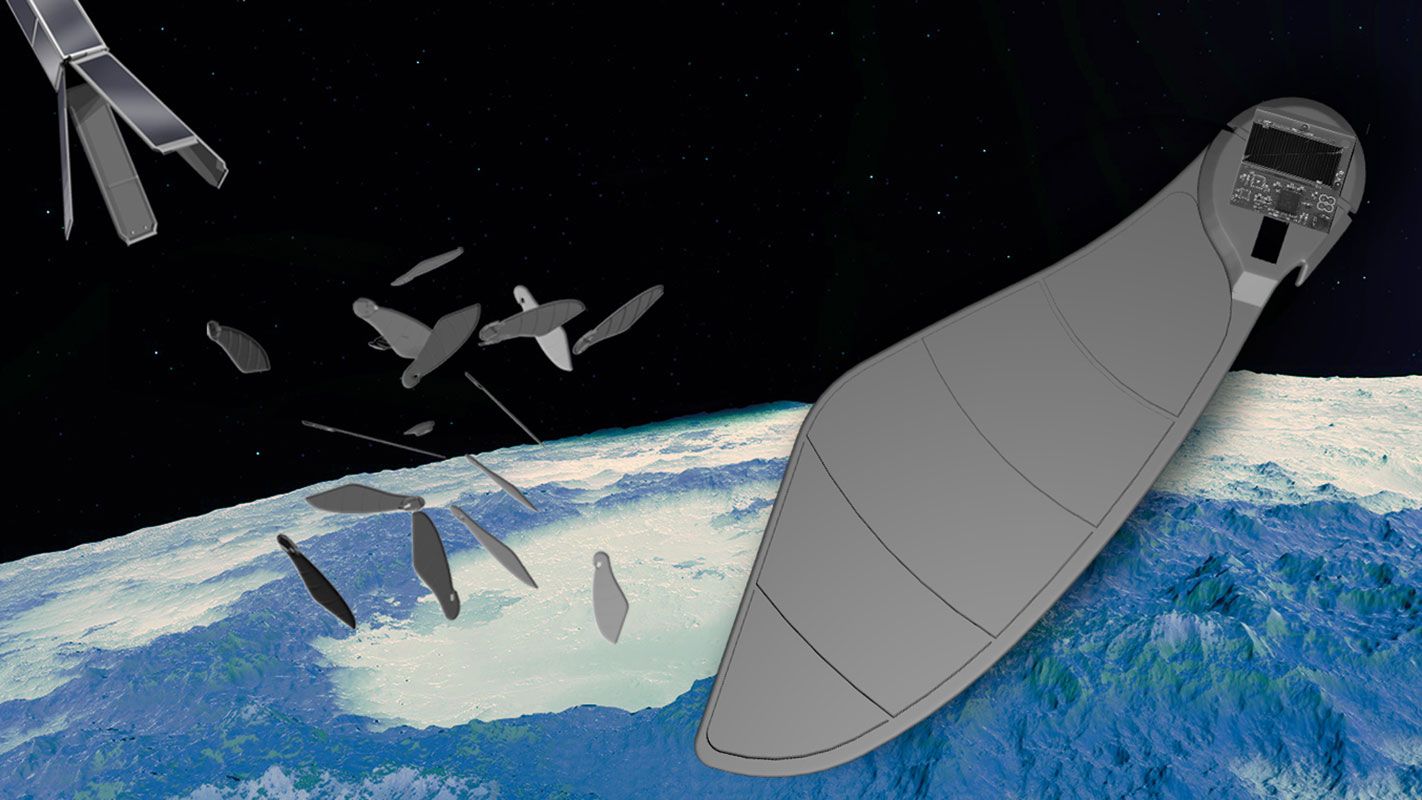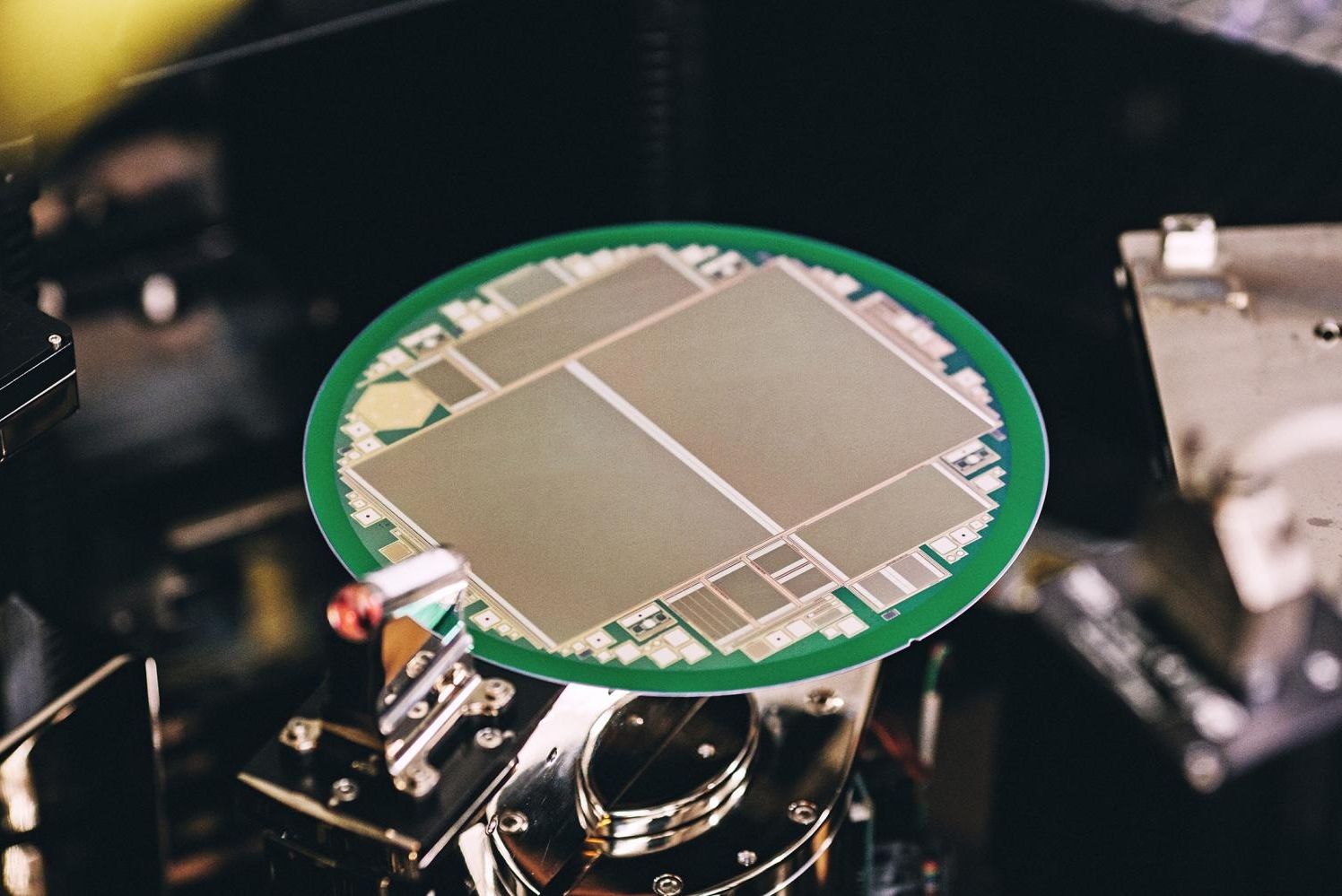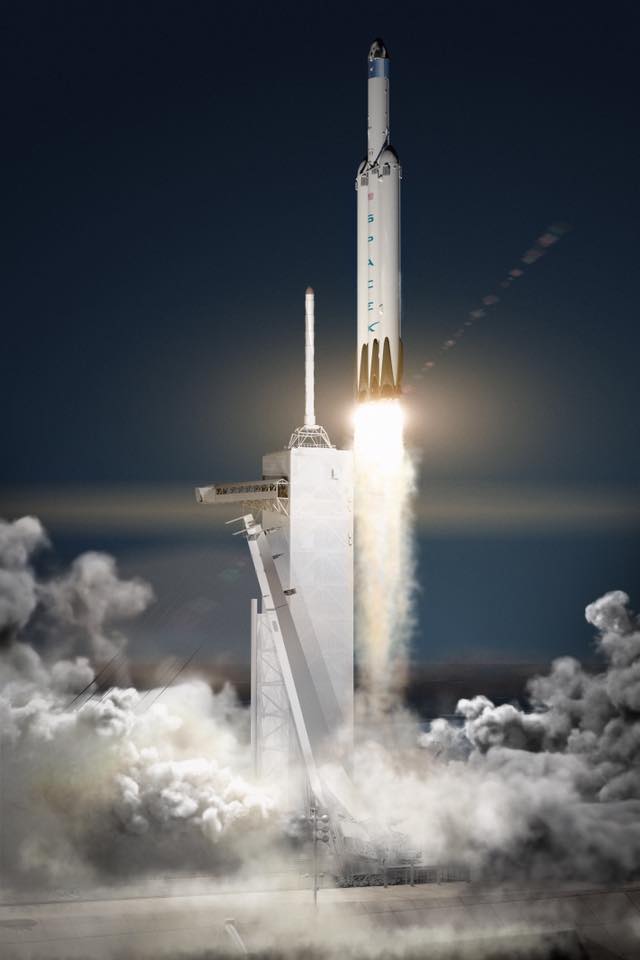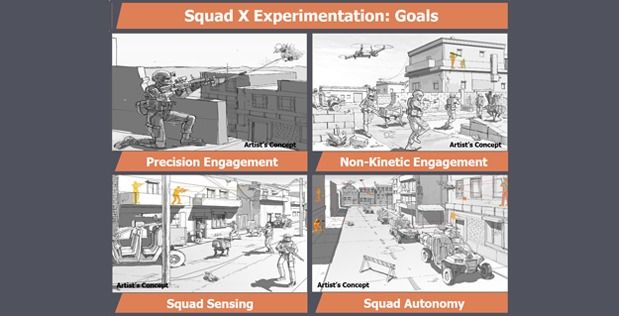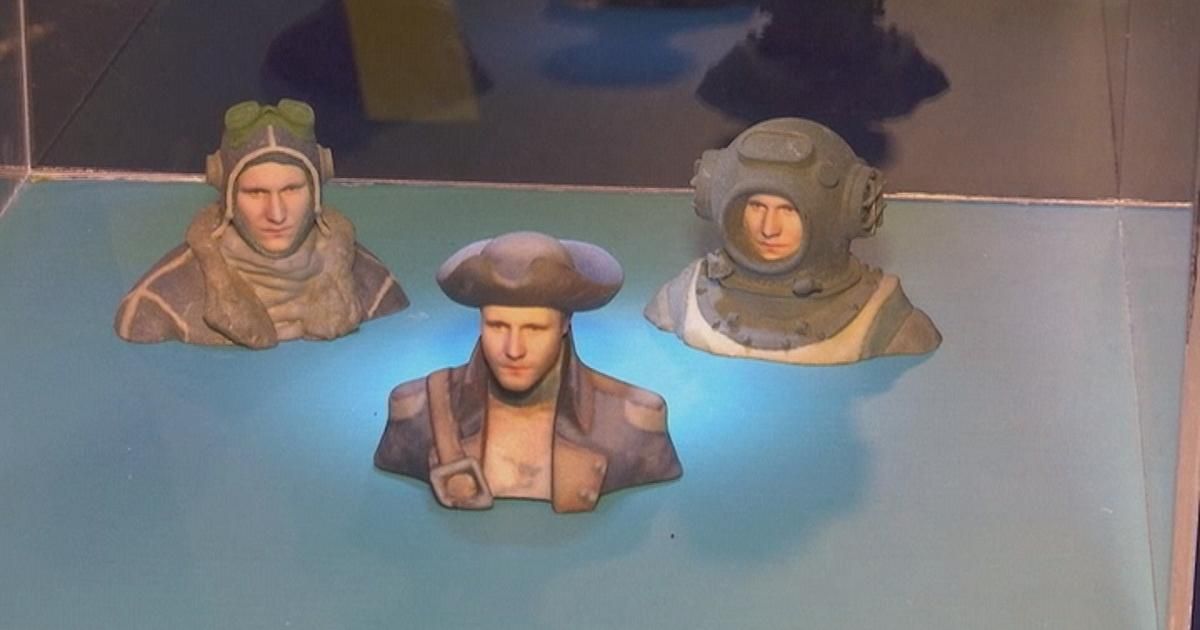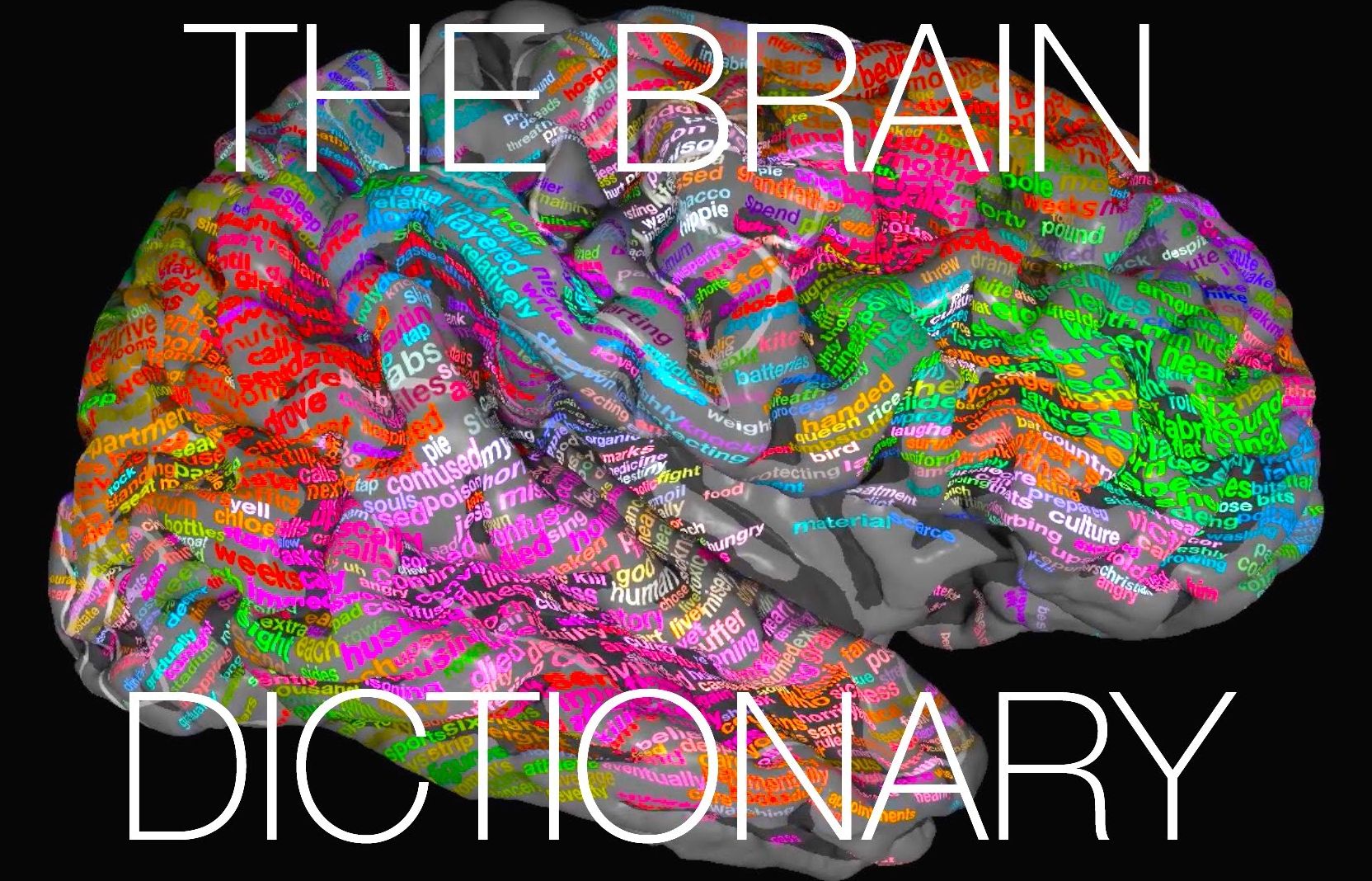Apr 28, 2016
Tiny Spacecraft to Take on Journey to Alpha Centauri
Posted by Klaus Baldauf in categories: computing, engineering, space travel
Draper’s ChipSat Research Could Make Stamp-Sized Spacecraft Functional for Interstellar Mission
CAMBRIDGE, MA – Chip-sized spacecraft will be beamed about 25 trillion miles to Alpha Centauri within 20 years of launch – a mission that would otherwise take 30,000 years – thanks to an engineering project sponsored by the Breakthrough Starshot team. Since 2010, Draper and Cornell University have collaborated on research into spacecraft that could be reduced to the size of a postage stamp and dubbed “ChipSats.” While ChipSats are small and inexpensive to launch, they face challenges far different from those of larger spacecraft and require a completely different approach to space missions.
Due to their tiny size, ChipSats experience disturbances in space in a different manner from large spacecraft. Much like a dinghy is greatly affected by waves that cannot move an oil tanker, the importance of small environmental forces, such as solar radiation pressure and aerodynamic drag, is magnified for ChipSats. This represents a challenge for completing the journey to Alpha Centauri and pointing precisely to send data back to Earth. But it is also an opportunity for developing new guidance and control approaches that take advantage of the environment.
